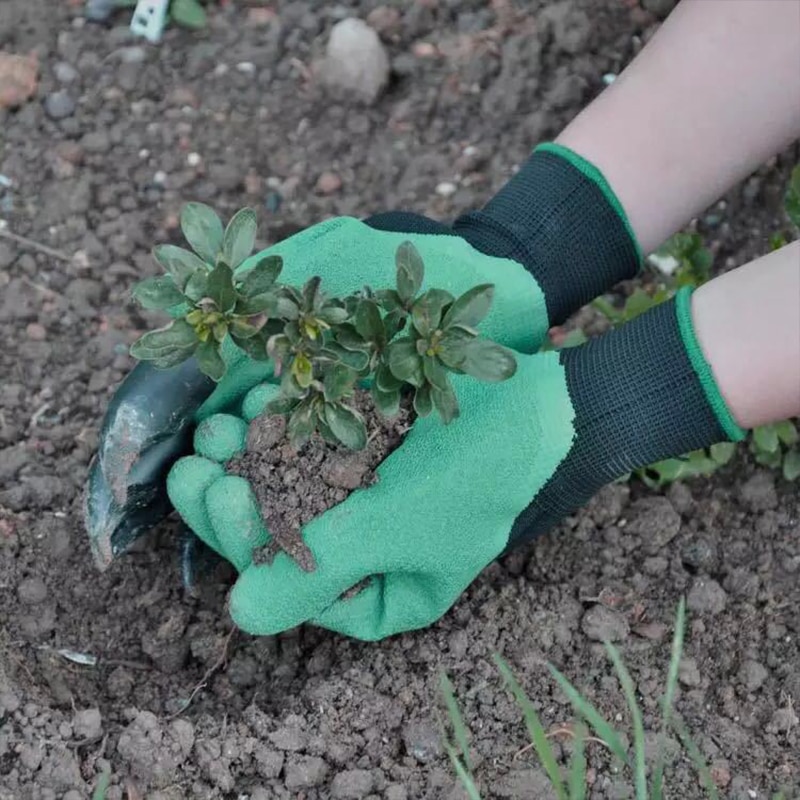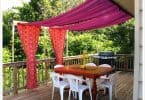When the weather gets warmer, the opportunity arises to grow your own food. The process to start your garden can take time, but if you have patience you can have plenty of fruits and vegetables for the year. Here are the steps to start your garden.

Start Your Garden with Seedlings
If you wish to start your garden from seeds, you will need to do some indoor gardening. Purchase potting soil and containers for the seeds to grow in. You will need to do this in early spring. Research when is the best time to do this according to the region that you live in and what produce will do better in your area. Dump some soil into each container then push a seed or two into the dirt. These plants will need plenty of sun so you should purchase a sun lamp to shine over them. Once the sprouts push through and it is warm enough outside for them to grow, you can transplant them outdoors.

Setting Up Your Garden Space
Look for a piece of land that gets plenty of sun but is away from areas that might cause the plants to stagnate such as a spot that floods. Inspect the dirt to see if it is ideal for growth or if there might be additional materials that might prevent it. If there are, consider growing your plants in wooden boxes or pots. Look for potting soil that will nourish the seedlings while allowing enough water to get to them. Add fertilizer to help them grow fuller and produce more while you are transplanting them.

Taking Care of Your Garden
Once you have your plants outside, check on them daily to ensure they are growing and healthy. Water them if you hit a period of time with little rain. Pull the weeds that might form in the bed to prevent them from choking out your plants. Apply mulch and fertilizer to help them grow and attach them to stakes if they become too large to support themselves. Set up chicken wire around them to deter animals from snacking on them as they pass by which will make it difficult for them to produce as well. Watch for pests that will infect your plants and the fruits or vegetables that they provide and find a way to deter them from ruining what you have worked on. You may need to add plants that ward away insects or apply an insecticide if they become too overwhelming.

Harvesting Your Garden
When the produce in your garden looks like it is ready to be picked, you can either pull it from the plant or tug it up from the ground. Some will fall off the plant when they are ready to be eaten. If you are unsure what to look for, research what time of the year they should be harvested and what signs to look for. Once you have them, you can either serve them fresh with a meal, share them with friends or family, or you can preserve them through canning so you are able to eat them during the winter months.
Latest posts by Canadian Home Trends (see all)
- Understanding The Importance of Great Design - January 7, 2026
- The Green Effect: To Clean or Not to Clean - January 7, 2026
- Functional Warm Addition - January 7, 2026






